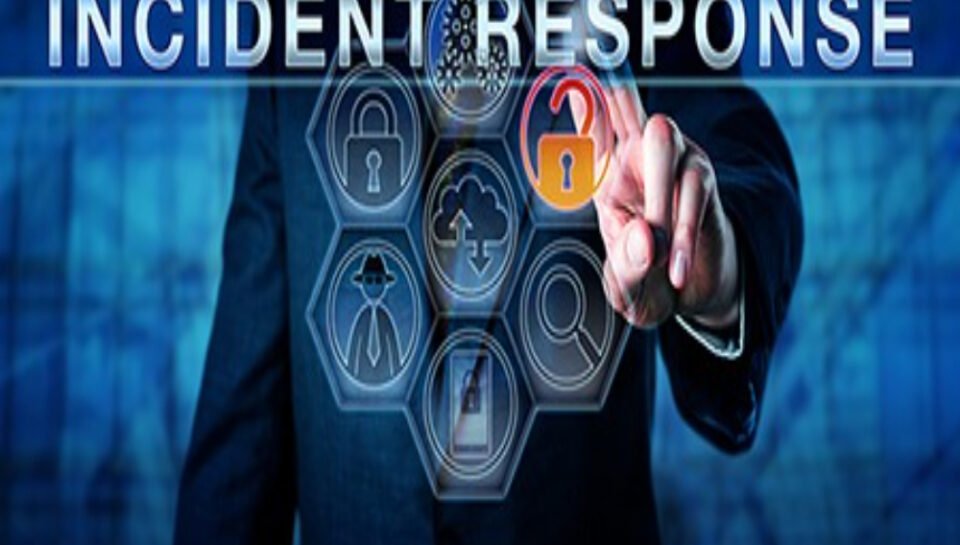
What is an effective incident response plan for a business website in India?
Preparation and Planning
- Define a dedicated incident response team (IRT) with clear roles and responsibilities.
- Develop a written plan outlining response procedures for different incident types.
- Train staff on how to detect, report, and escalate cybersecurity events.
- Maintain updated contact lists for internal teams, legal advisors, hosting providers, and CERT-In.
- Ensure access to backup systems, recovery tools, and forensic software in advance.
Threat Detection and Identification
- Monitor logs, alerts, and network traffic using tools like SIEM or IDS/IPS.
- Establish baselines to detect anomalies in login activity, bandwidth usage, or system behavior.
- Use threat intelligence feeds to correlate known attack patterns.
- Classify incidents based on severity, such as data breach, malware, or defacement.
- Capture evidence (screenshots, logs, timestamps) immediately upon detection.
Containment and Mitigation
- Isolate affected systems or pages to prevent the spread of malware or unauthorized access.
- Revoke access for compromised accounts and reset passwords across platforms.
- Apply firewall rules or IP blocks to cut off malicious traffic sources.
- Disable vulnerable plugins or third-party integrations if they are the attack vector.
- Communicate internally to coordinate a rapid but controlled response.
Recovery and Restoration
- Clean infected files or restore the site from a secure backup taken before the breach.
- Test all systems for functionality and security before going live again.
- Change all admin credentials and apply the latest security patches.
- Inform users and stakeholders about the incident if personal data was affected.
- Submit a report to CERT-In if the breach meets mandatory disclosure requirements.
Post-Incident Review and Improvement
- Conduct a detailed root cause analysis to understand how the incident occurred.
- Update security policies, training, and infrastructure based on lessons learned.
- Review incident response performance to improve future readiness.
- Document timelines, decisions, and communication flow during the incident.
- Schedule regular drills or simulations to stay prepared for future threats.





